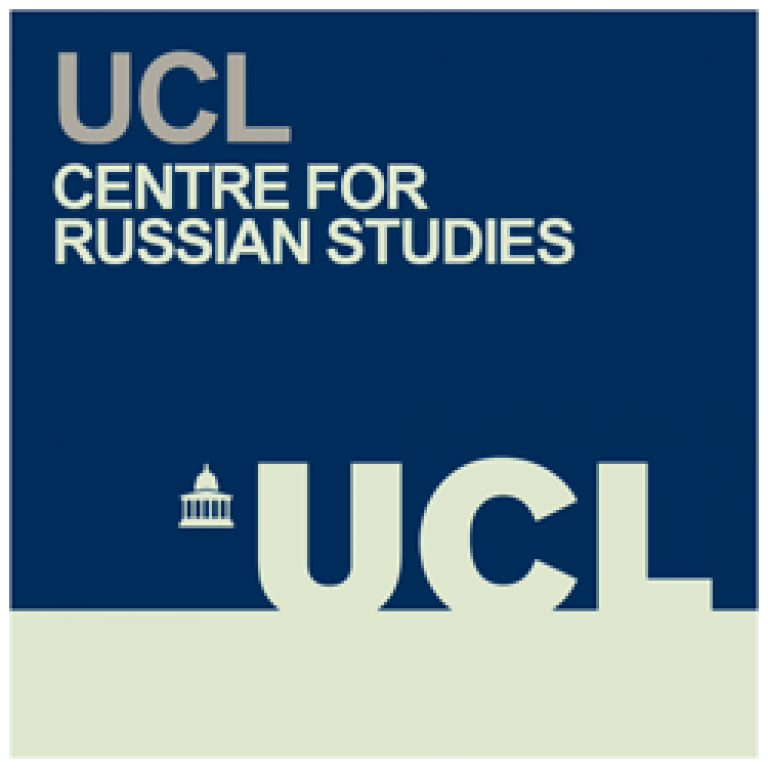Cartography and Cultural Revolution: Maps, Modernity and the New Soviet Man
08 February 2016, 6:00 pm–8:00 pm

Event Information
Location
-
Room 433, UCL SSEES, 16 Taviton Street, London, WC1H 0BW
Nick Baron (Nottingham) explores the role and meaning of cartography in Soviet culture of the Stalin period, as part of the Centre for Russian Studies Modern Russian History seminar series.
It is part of an AHRC-funded book project entitled Mapping the Soviet: Cartography, Culture and Power from Lenin to Stalin, 1917-53, which was initially funded by the University of Nottingham and the J.B Harley Research Fellowship Trust. The book explores Soviet civil cartography between the October revolution and the death of Stalin, in particular examining the ways in which maps were used to construct and control public knowledge of space and territory and the relationship of maps to the regime’s state-building strategies and projects of cultural and social transformation.
Its wider aim is to establish a new interpretation of the political role and significance of cartographic practice and map culture in the modern world. The research is grounded in a close reading of recently declassified Soviet archival sources together with a wide range of maps and atlases; school geography and history textbooks; specialist and popular handbooks on map-making and map- reading; and literary works, films, architecture and graphic art (including ‘ephemeral’ materials such as postcards, stamps or newspaper cartoons) featuring cartographic themes or imagery.
Biography
Nick Baron is Associate Professor in History at
the University of Nottingham. He has published a monograph on early Soviet
history and a research-based biography of a Northern Irish officer who fought
in the Russian Civil War and was later active in Ulster politics (both of these
have been published in Russian language editions). He has edited one volume of
essays, co-edited four further volumes, and published numerous book chapters and
articles in leading journals in areas studies, history and historical
geography.
 Close
Close

